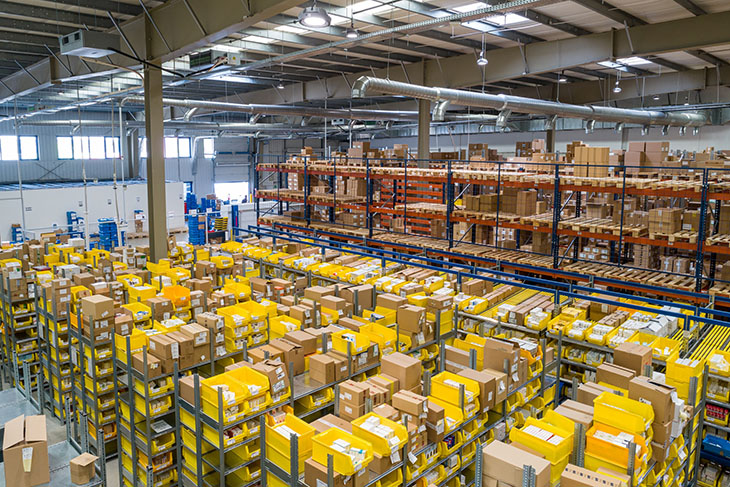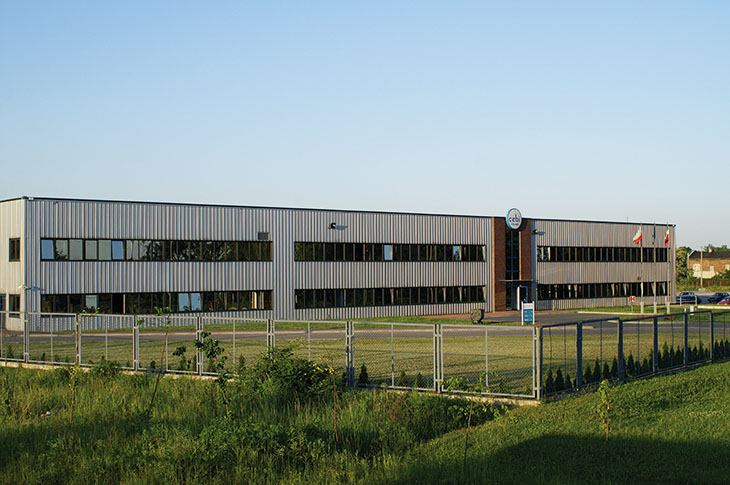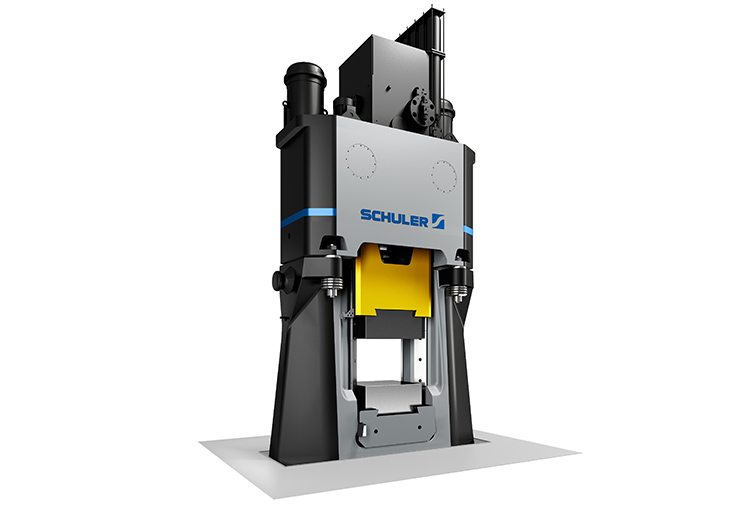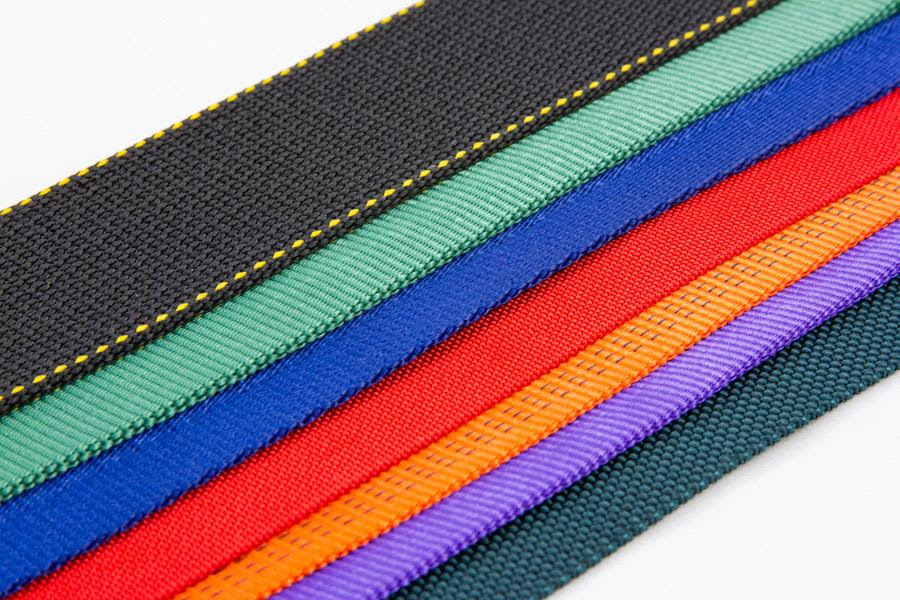A well-known phenomenon at oil terminals in cold regions is that crude oil transported in railway cars can be too stiff to unload. To help solve this problem, Neste Jacobs has developed an unloading device called Ecoarm. It is a ready to use system that can be used as is or configured by combining top-unloading, bottom-unloading or top-warming technologies to meet clients’ needs.
Traditionally, oil transported by train is unloaded through valves underneath the tank. The tool used for this is a base unloading arm with a built-in heating system.
“But if bottom unloading is not possible, which quite often is the case in the Baltic region, the car must be unloaded from the manhole on top of the tank,” says Staffan Lindberg, Account Manager at Neste Jacobs. “But it is very time consuming and inefficient in the winter to warm the tank from the outside with, for example, hot steam.”
The good thing about Ecoarm is that the system heats the oil via the top manhole and from the inside out. Roughly speaking, the system consists of a pump nozzle equipped with a heating coil that has two extendable hot oil spray nozzles on both sides of it.
“First, the pump nozzle is heated and pressed into the stiff oil,” says Lindberg. “When it begins to thin out around the nozzle, the oil is pumped to a heat exchanger on the outside, from which hot oil is sent back into the spray nozzles.”
As the oil thins, beginning from the midsection of the tank, the nozzles begin to move sideways and upwards and gradually rise to the top of the tank. This way, all the oil will be efficiently warmed up and can be unloaded.
Fast and safe
The key benefit of Ecoarm is that unloading can be done with high volume flows in cold weather. The equipment is hydraulically operated and steered remotely, which makes it safe to operate.
“Ecoarm is the market´s most efficient and versatile unloading system for oil products that are difficult to handle,” says Lindberg. “The remote operation of the unit, combined with controlled collection of harmful gases, makes for a safe working environment for operators. The system also operates well below flashpoint and possible volatile organic compounds can easily be collected.”
Lindberg explains that Ecoarm is often sold together with traditional base unloading systems. “But if the bottom valve is broken, our Ecoarm is an efficient solution for warming up the oil and making it possible to unload in cold weather.”
Eco top-warming arm
Due to an EU directive that requires special valve arrays on the bottom of train cars transporting oil, old cars with traditional valves cannot be used in EU countries.
“The problem is that the traditional base unloading equipment with built-in warmers doesn’t fit if the tank has EU-adapted bottom valves,” says Lindberg.
To address this problem, Neste Jacobs has recently developed a light version of Ecoarm. According to Lindberg, the systems are identical with one exception: the ECO top-warming arm does not have a pump.
“The unloading itself is meant to be done by gravity through the valves at the bottom of the tank.” /ins
About Neste Jacobs:
Neste Jacobs has for over 50 years been a preferred solution provider of high-quality technology, engineering, and project services for a wide range of industries in the oil and gas, petrochemical, chemical, and biotechnology fields in Europe, North and South America, Asia and the Middle East.
The company employs about 1,000 professionals globally. Neste Oil owns 60% of the company and Jacobs Engineering owns 40%.
The Ecoarm technology is a result of the company’s expertise in many different engineering areas, such as:
• Plant design, structure, equipment and materials
• Automation, instrumentation and electrification
• Process design and technology development services
• Procurement, project and construction management























